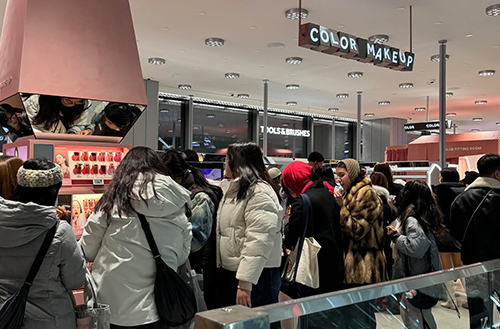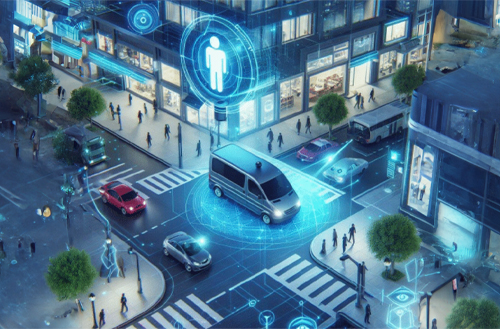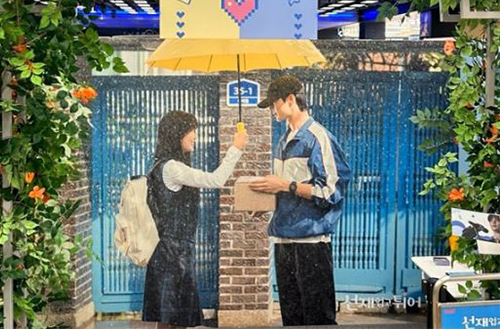

-
-
- 메일 공유
-
https://stories.amorepacific.com/en/amorepacific-why-did-the-hyundai-embrace-pop-ups-and-starfield-introduce-the-starfield-library-the-evolution-of-mega-offline-retail
Why Did The Hyundai Embrace Pop-Ups and Starfield Introduce the ‘Starfield Library’?
Finding the True Pop-Ups In An Era Inundated with Pop-ups #3 (The Evolution of Mega Offline Retail)

Columnist
Hee-sun Shin Sulwahsoo Global Commercial 2 Team

Editor’s note
Welcome to the golden age of pop-ups. We analyze the pop-ups that genuinely work. Gone are the days when merely opening a pop-up was enough to spark novelty. What kind of pop-up excites the Millennials, Gen Z, and Gen Alpha? On what basis should the success of a pop-up be defined? What’s the secret behind the popularity of certain pop-ups? A staff member managing our flagship store, Amorepacific Seongsu, analyses the content of today’s pop-ups, flagship stores, and offline retail trends.
#INTRO
Have you ever visited ‘Starfield Suwon’? Living in the southern part of Gyeonggi Province, I couldn’t resist my curiosity after hearing about its opening. I plunged into what can only be described as a nightmare of crowds. Opened in January this year, Starfield Suwon was an immediate hit. In just the first ten days, a staggering 840,000 people visited. The parking lot, with a capacity for 4,500 vehicles, was overwhelmed, and the surrounding traffic was paralyzed for a while.
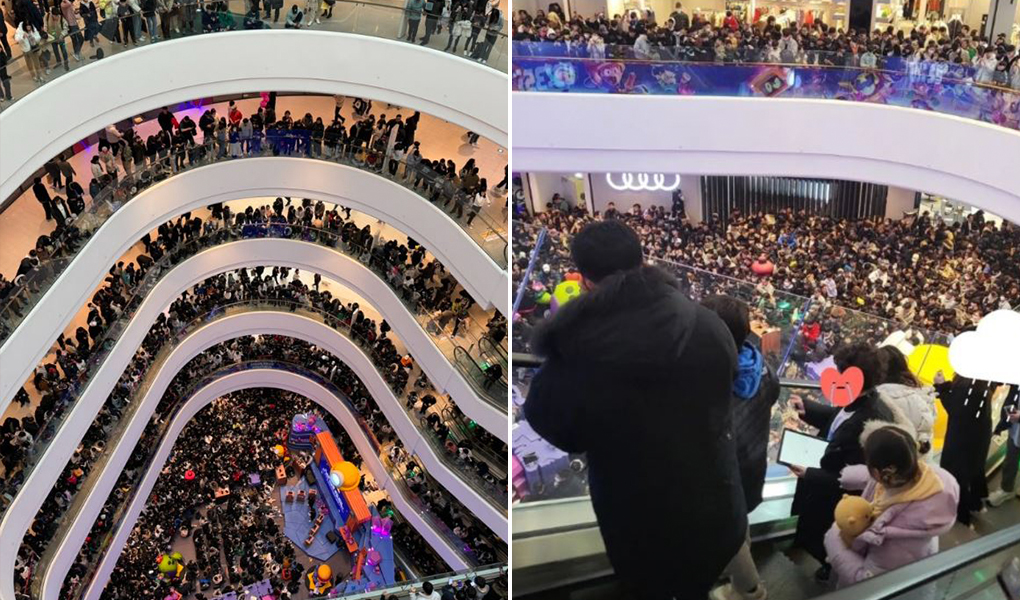
Crowds Swarm Starfield Suwon Post-Opening
/ Source: Naver Blog
Contrary to the predictions of those who proclaimed the ‘end of department stores’ in the wake of COVID-19, mega offline retail spaces have been dynamically reinventing themselves and continue to enjoy success. At the heart of this transformation lies the keyword ‘experience,’ which resonates particularly with Millennials and Gen Z. Starfield Suwon, boasting a massive structure of eight underground and eight above-ground floors with a total area of about 100,000 pyeong, has adopted the concept of ‘Stay Field.’ This approach invites visitors to stay leisurely and discover everyday joys within its spaces.
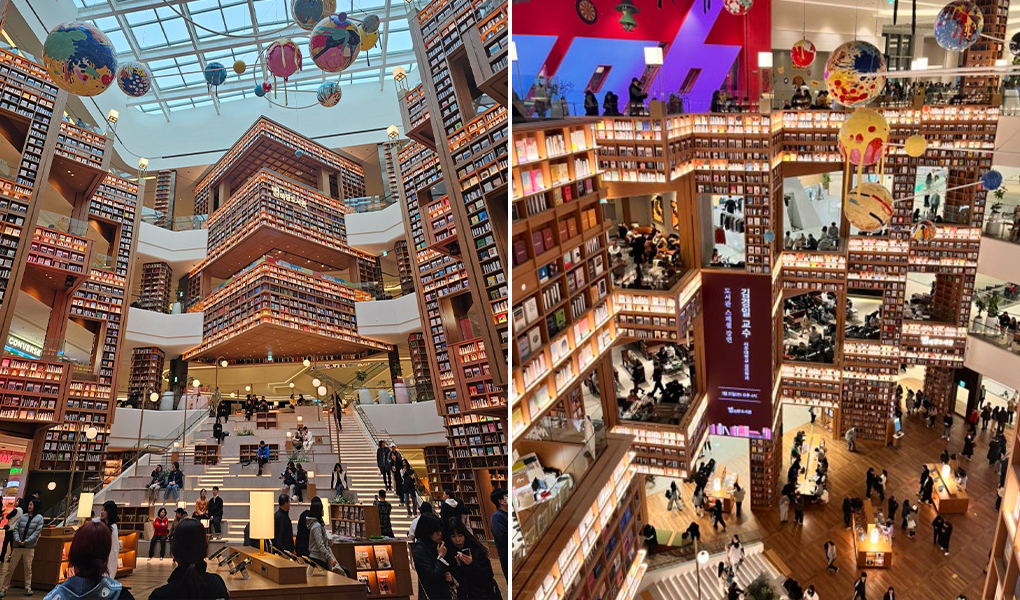
Starfield Suwon Starfield Library
/ Source: Naver Blog (Please use the left image as a thumbnail)
#Starfield Library
A prime example of this concept is the ‘Starfield Library.’ A Starfield Library has been incorporated for the first time in Starfield’s history, and its scale is nothing short of impressive. The library spans from the 4th to the 7th floor, with a height of 22 meters, defying the traditional expectations of what a department store should be. This bold move reflects a strategic business decision, acknowledging that conventional retail spaces focused solely on sales no longer hold a competitive edge. The idea is that offline spaces can attract more traffic, which translates into sales, by offering the kind of ‘fun’ and ‘experiences’ that online platforms cannot provide.
So far, this judgment has hit the mark. With spaces and merchandise curated to appeal to Millennials and Gen Z, Starfield Suwon continues to be packed with visitors. Articles are pouring in about the stores of brands that started in Seongsu and Hongdae reporting solid sales. For instance, Musinsa Standard, which opened in Starfield Suwon in April this year, attracted over 40,000 customers in its first week alone, surpassing 300 million KRW in sales.
#The Hyundai Seoul
If any large-scale retailer has effectively captured the attention of Millennials and Gen Z, it's undoubtedly The Hyundai Seoul. When The Hyundai Seoul, the largest department store in Seoul, opened in 2021, there were doubts about its success. The skepticism stemmed from its location in Yeouido, a well-known office district with significantly reduced foot traffic on weekends, a crucial time for department store sales.
Contrary to expectations, The Hyundai Seoul shattered records, achieving an annual revenue of 1 trillion KRW in less than three years, crafting an unprecedented success story. This transformation was driven by a paradigm shift, reimagining the department store from a destination for transactional shopping into a space for enjoyment and lingering. The most striking manifestation of this shift was the integration of pop-up stores. These captivating pop-up spaces continually draw visitors to Yeouido. With its vast space, The Hyundai Seoul hosts numerous pop-ups simultaneously, offering a blend of F&B and relaxation areas—a unique differentiator for the store. Over the past three years, The Hyundai Seoul has hosted around 750 pop-up stores, with 200 pop-ups opening in the first half of this year alone.

▲The Hyundai Seoul ZEROBASEONE Pop-Up, a Playground for Fans / Source: Naver Blog
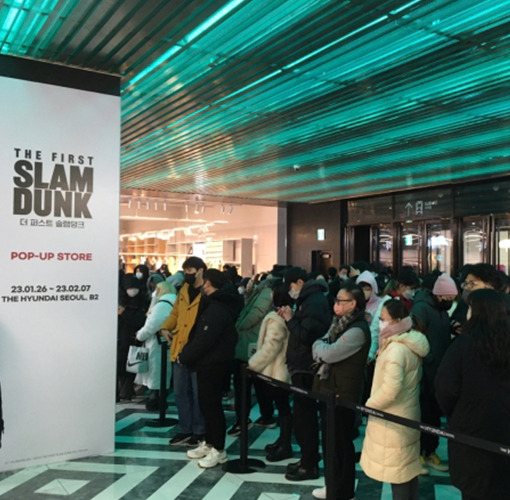
▲The Hyundai Seoul Slam Dunk Pop-Up. Generated 500 million KRW in sales over five days / Source: Naver Blog
The revenue generated by Millennial and Gen Z customers visiting The Hyundai Seoul's pop-up stores has exceeded expectations. Last year alone, pop-up sales at The Hyundai Seoul reached 55 billion KRW, with nearly 27 billion KRW generated in the first half of this year. Pop-up stores featuring idol groups with strong fanbases have had an even more significant impact. The pop-up store for the idol group ZEROBASEONE, which catered to their fanbase, became the highest-grossing pop-up at The Hyundai Seoul, with sales exceeding 1.3 billion KRW. Recognizing the potential of this fan-driven culture, The Hyundai Seoul is reportedly planning a ‘Showtail’ strategy, transforming retail spaces into showcases akin to idol fan events.
Looking ahead, The Hyundai Seoul appears poised to expand its pop-up store strategy further, targeting Millennials and Gen Z with the keyword ‘experience.’ They recently renovated the entire 5th floor, previously occupied by children's clothing stores, to create a dedicated pop-up space called ‘Epic Seoul.’
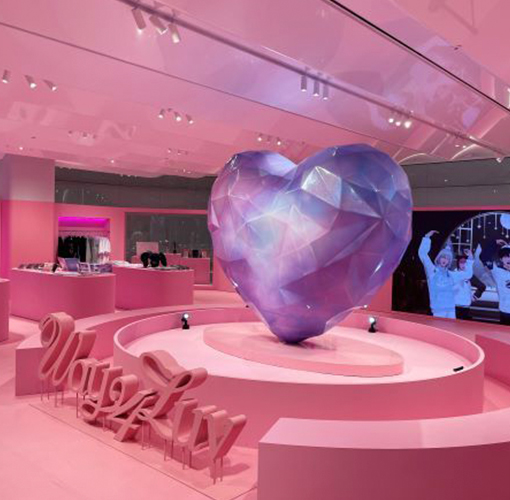
▲The Hyundai Seoul’s 5th Floor Transformed into ‘Epic Seoul,’ a Pop-Up Space Featuring the Idol Group PLAVE / Source: Hyundai Department Store

▲Crowds Flock to Parco Department Store in Japan for The Hyundai Seoul's Global Pop-Up / Source: Naver Blog
The Hyundai Seoul has even ventured into exporting K-pop-up content as a business model. ‘The Hyundai Global’ is a K-content export platform operated by Hyundai Department Store. The Hyundai Global pop-up store, held at Parco Department Store in Shibuya, Tokyo, generated over 1.3 billion KRW in sales in June alone, marking the highest sales ever for a pop-up at Parco. The month-long pop-up featured weekly introductions of new K-fashion brands and even included a store for the popular tvN drama ‘Lovely Runner’ which has gained traction in Japan. Plans are underway to expand this concept beyond Japan, with a potential entry into Thailand.
#OUTRO
While some may still predict the demise of offline retail and department stores, mega offline retailers are instead discovering new opportunities through the unique enjoyment that only vast physical spaces can offer, leveraging the concept of pop-up stores. Lotte, Hyundai, and Shinsegae fiercely compete to host the most compelling pop-ups. As a result, simply launching numerous pop-ups may no longer be enough; innovation is essential. Various offline retailers are expanding their scale and focusing on the keywords ‘experience’ and ‘pop-up’ to broaden their reach. Even Olive Young plans to open the largest flagship store in Seongsu later this year, centered around the concept of ‘experience.’ Perhaps the future of department stores lies in ‘connection’—using their expansive spaces to interlink various pop-ups, offering customers a fresh and engaging experience.
-
Like
0 -
Recommend
3 -
Thumbs up
0 -
Supporting
0 -
Want follow-up article
0



